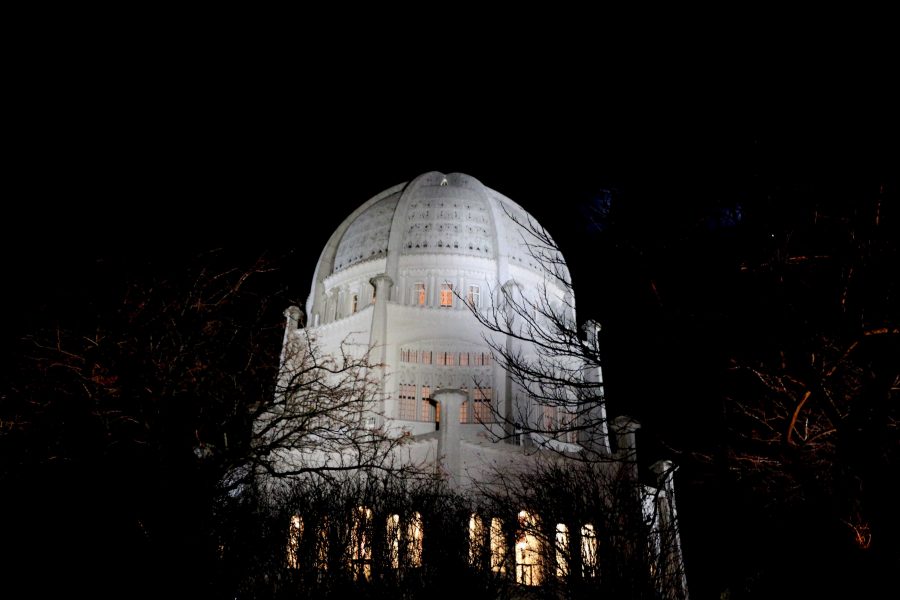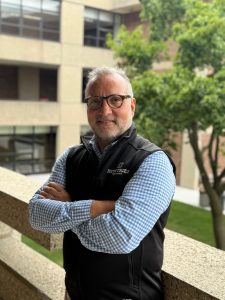A walk through the Baha’i Temple
The mystery and history of the Baha’i temple.
February 8, 2017
Around three in the afternoon, Temple Guide, Rand, leads a group of visitors through a tour of the welcoming center’s exhibits on the history of the temple.
An 11-year-old boy visiting with his family asked how the Baha’i religion is different from others. Rand explained that the Bahà’i believe there is only one God and one religion.
Therefore, all monotheistic religions including Judaism, Christianity and Islam believe in the same God, but worship and interpret God’s teachings differently. He summarizes this as “the oneness of God, the oneness of humanity, and the oneness of religion.”
Rand had this to say to him as well: “the purpose of this Bahà’i temple and any of the 7 other temples existing today in the world is to provide a place for people of all races, all genders and sexualities, and all religions to worship and find peace. We didn’t build this place for ourselves. We built it for everyone.”
Buddhists Wim and Willea, a couple visiting from the Netherlands, said the Baha’i Temple “seemed like a marvelous place to pray for a day.”
Before actually going in the temple though, the two dropped in on Rand’s tour to get some context about the place and even stayed after to converse with other visitors including Aya and Sarah, from California. Though not religious, the two thought the temple would be a great place to meet up with their Chicago friends.
Like Aya and Sarah, many of the visitors at the Bahà’i temple aren’t there to pray. Regardless, both couples felt extremely welcomed by the temple and the people in it.
“The people here are really kind and willing to answer any questions you have.”
College students Min and Amy spent their afternoon taking photos together on the steps of the temple. “We’re just here to enjoy the Temple,” Min said. He’d visited the Baha’i Temple two weeks prior for a school activity, and despite living an hour away, decided to come back.
Others have a more personal relationship to the temple. Mona, a woman who works at the front desk in the welcoming center, was born a Baha’i in Iran. She moved to the United States when she was 13, because Baha’is can’t get higher education in Iran.
She said her move to Chicago was “one of the most important decisions” she’d ever made, because in Chicago, Mona was close to the temple, a larger community of Bahà’is.
“For me, the temple is like a mother. I always feel as if it is guiding me through my life. Always ready to love me and everyone else that seeks it’s love,” she said.
Rand explained to his tour group that he’d become a Baha’i after returning from the Vietnam war. “Something about the idea of oneness and intersectionality soothed the part of my soul that was still at war in Vietnam, and still at war with itself.”













































